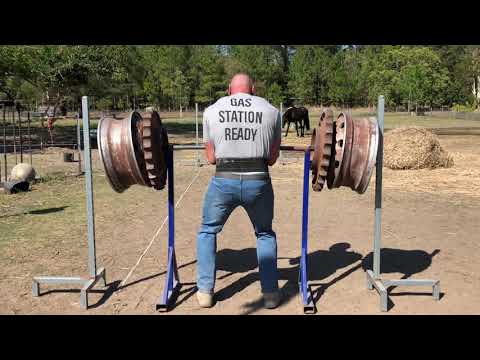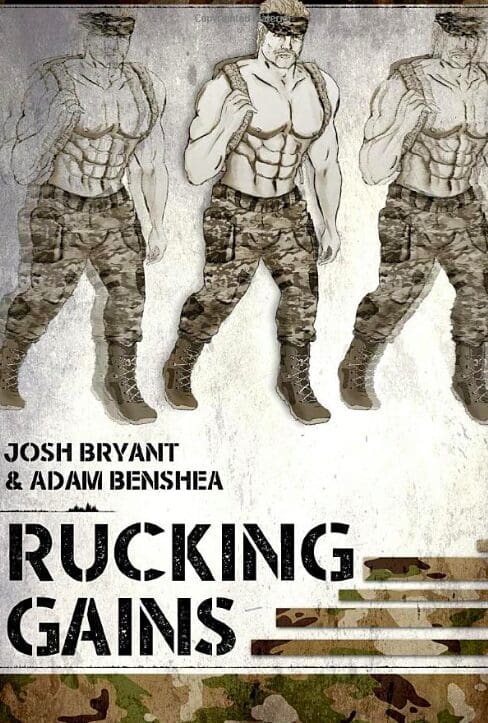Calm After the Storm
by: Josh Bryant

Some people are so uptight, if you stuck a lump of coal up their ass, in two weeks, you’d have a diamond!
Think about the Karen that heads up the local HOA, the powerlifter that takes a 1000 mgs of caffeine before a deload workout or the linebacker always over pursuing.
These folks are all sympathetic dominant!
If this is you, don’t cry, dry your eyes with the some easy-to-implement strategies; you will feel better and perform better! If it’s not you, minimally, these strategies will help you recover and feel better.
Nervous System
A couple weeks ago we touched on the nervous system and discussed how all stressors are interrelated to an athlete’s recovery.
The autonomic nervous system (ANS) plays a principal role in unconscious, automatic functions of the human body, like heart rate, digestion, and blood pressure.
Comparatively, the voluntary aspect of the nervous system, the somatic nervous system, manages movement and sensation, or the wiring behind skeletal muscle activity.
Athletes with properly-functioning nervous systems perform better because they have the right amount of physical energy expenditure, optimal display of skills and superior focus and mental clarity.
With a properly-functioning nervous system outside the gym, a bouncer at a kick and stab bar can precisely attack pressure points when shit hits the fan on dollar sake night and a tactical athlete can maintain the speed and dexterity needed to reload magazines as she ducks for cover in a fire fight.
Sympathetic/ Parasympathetic
The sympathetic nervous system (SNS) is the fight or flight response; the division of the ANS that prepares you to act in a situation where you otherwise will be hurt, and as the SNS is activated to a greater degree, it has tunnel vision of one objective– survival.
While this is needed in a high-stress situation, an excessive sympathetic response will decrease a tactical athlete’s performance, make a linebacker over run a pursuit; but, done right, can help a powerlifter hit a huge deadlift!
We have all heard stories about a grandmother lifting a car off her trapped, helpless grand baby. To lift the car, this excessive sympathetic response was called for, but, in life or death encounters a tactical athlete faces, this grandmother would have sacrificed many other cognitive abilities in the process. Her situational awareness of impending threats was gone with a loss of peripheral vision, loss of depth perception, loss of near vision, involuntary tunnel hearing and overall deterioration of motor skills; there is no way she would be able to successfully shoot a moving subject with a high amount of accuracy. For the powerlifter, this is exactly what may be needed for a huge PR in a meet setting.
The right amount of sympathetic activation can be controlled, to a large degree, via proper training. In detail I have covered psyching up for strength sports; remember, today we are focused on bringing you back down.
The parasympathetic nervous system (PNS) helps bring you to a normal/calm state after a stressful, high-stress situation, like a new squat PR or a close call on a gator hunt with primitive weaponry.
The SNS responds quickly to immediate stressors, the PNS impends in the background, continually fine-tuning the body to maintain homeostasis, or system neutrality, finally taking over when the looming threat/stress is gone.

Too much sympathetic dominance leads to tunnel vision (bad, unless an unconsciously competent strength athlete), tunnel hearing and a regression in motor skills; the right amount in combat spots improves performance, improves speed, strength, mental acuity, the ability to keep the body cool and even your vision. This magical state occurs usually when a your heart rate is between 115 to 145, driving home the importance of training aerobically.

Rucking, my favorite aerobic exercise
Tactical athletes often move from extremely stressful situations to completely calm ones quickly.
This process can be further expedited by the following modalities, which will be dependent on proximity, time, location etc. I initially stumbled upon this in researching for my tactical athlete clients and my tactical athlete strength and conditioning certification, and quickly realized it will work for any athlete or trainee.
Get Josh’s Tactical Conditioning Specialist Certification
Breathing
First and foremost, learn appropriate belly breathing.
This keeps the balance between the sympathetic, parasympathetic, and finally the heart rate. Belly breathing is performed by inhaling through the nose and exhaling through the mouth. Through the processes entirety it is essential that the lower abdomen (belly) initiates the process, NOT the chest. The chest will expand, however, but after the abdomen does. A word of warning, shallow chest breathing is counterproductive because it increases sympathetic arousal, in turn, elevating your heart rate.
This breathing pattern needs to become habitual so you can best execute your skills and do so with as little fatigue as possible.
Belly breathing can be used as a method to induce relaxation and is foundational in activities like Yoga, Tai Chai and meditation. I get it, you might be reluctant to meditate, so just lie down, closes your eyes and concentrate on perfect belly and have it become habitual with repetition!
Some of examples of when belly breathing can be used:
- After a heavy compound movement or strongman exercise, using belly breathing to lower heart rate
- Between sprints, tempo runs or other types of intervals use belly breathing to lower heart rate
- During specific combat training
- During foam rolling and stretching
- When sitting and working on a computer, standing at a post or any other sedentary activity actively “check” to make sure belly breathing is taking place
- Practice belly breathing lying down for five to 10 minutes, completely focusing on breath, some do well counting repetitions (this is a beginner form of meditation)
Other ways things you can reduce sympathetic dominance are:
- Reduce stress
- Meditation/Prayer
- Massage (includes foam rolling)
- Yoga
- Sleep with your mouth taped shut
- Aerobic exercise
- Sound nutritional practices
- Hypnosis
- Periodized training
- Aerobic exercise
- Proper nutrition
- Epsom salt bath
- Spend time in nature
Bottom line is, you can perform better physically with the mental clarity of a Zen monk; or, you can continue to produce metaphorical diamonds.
